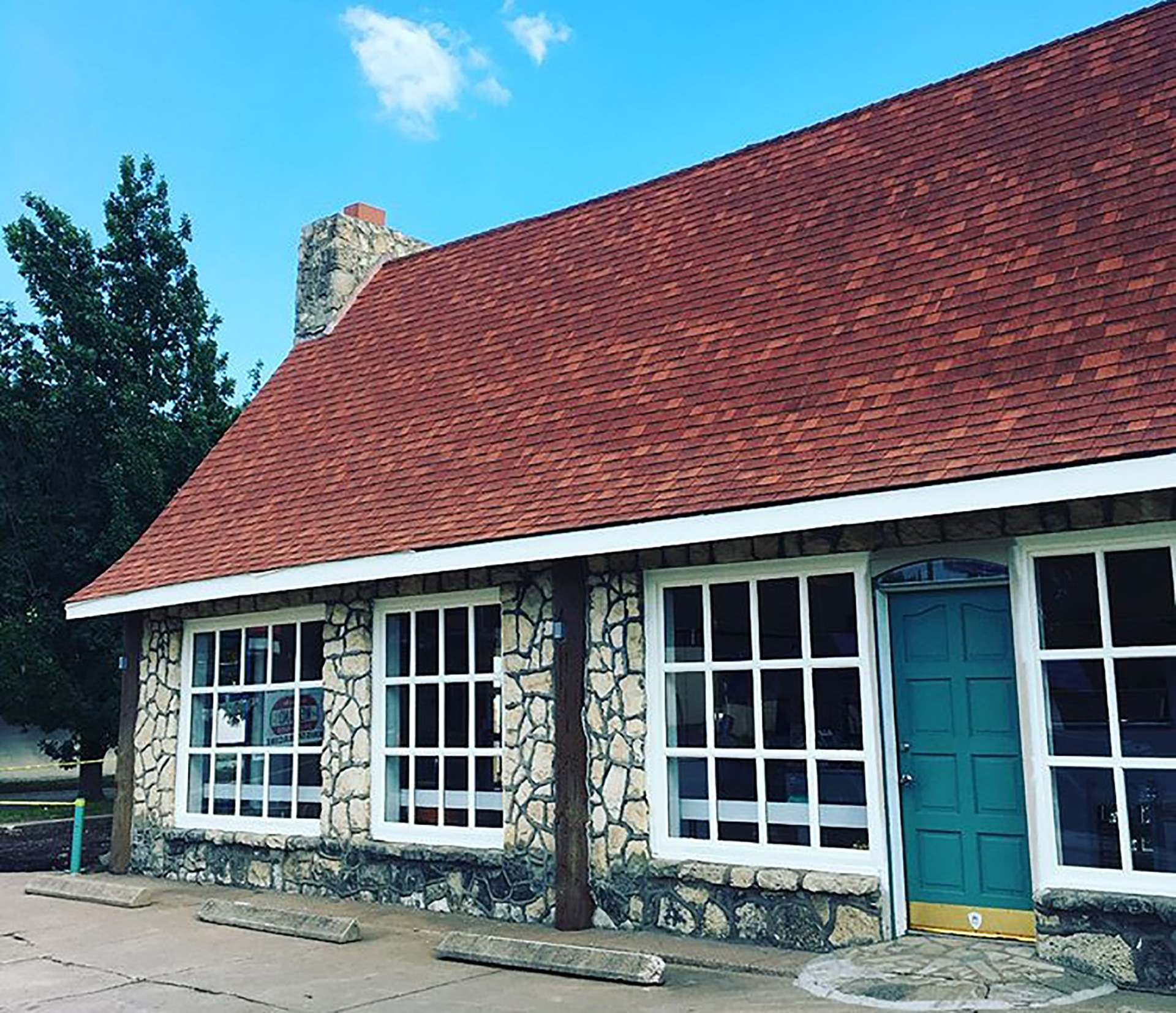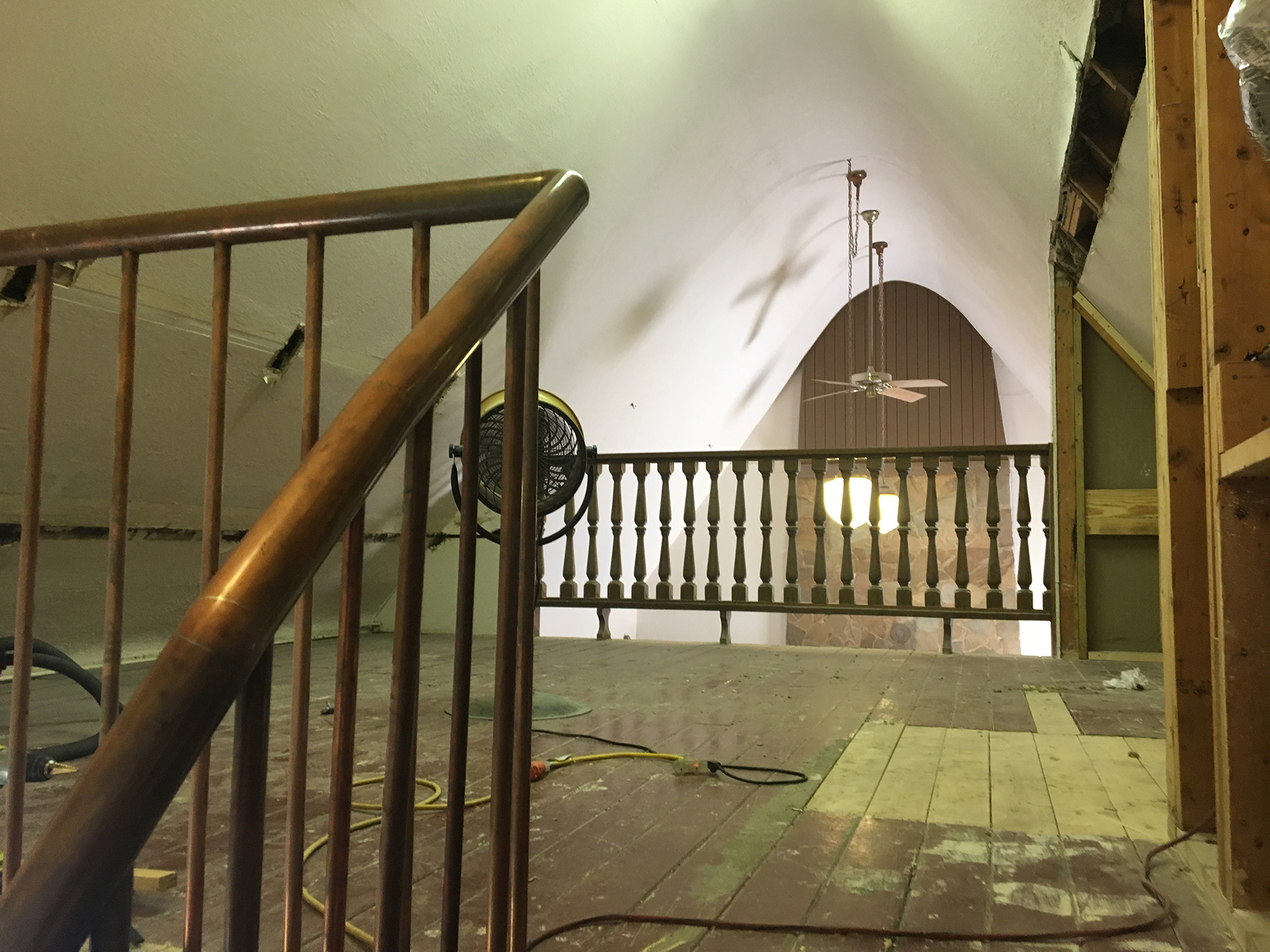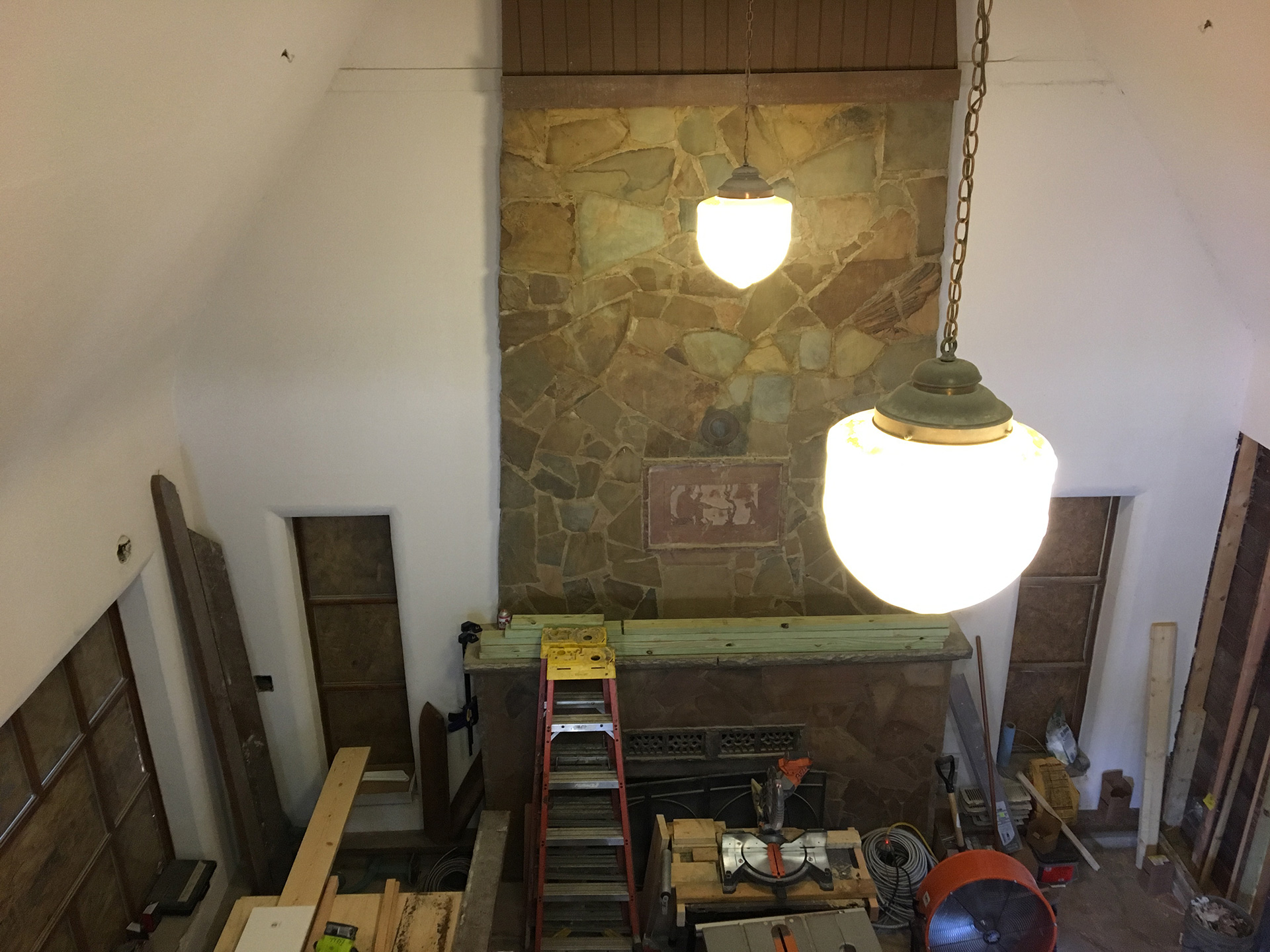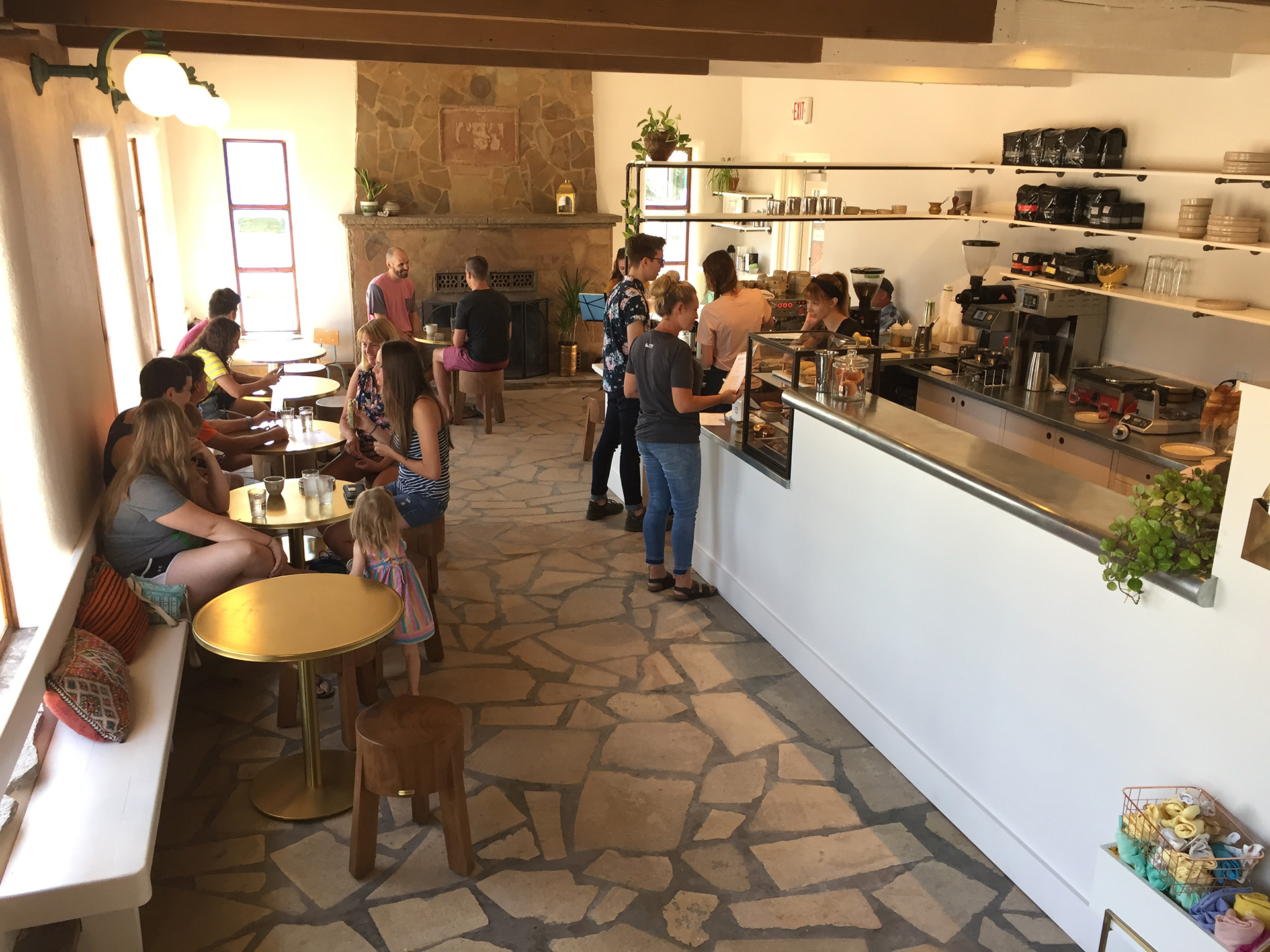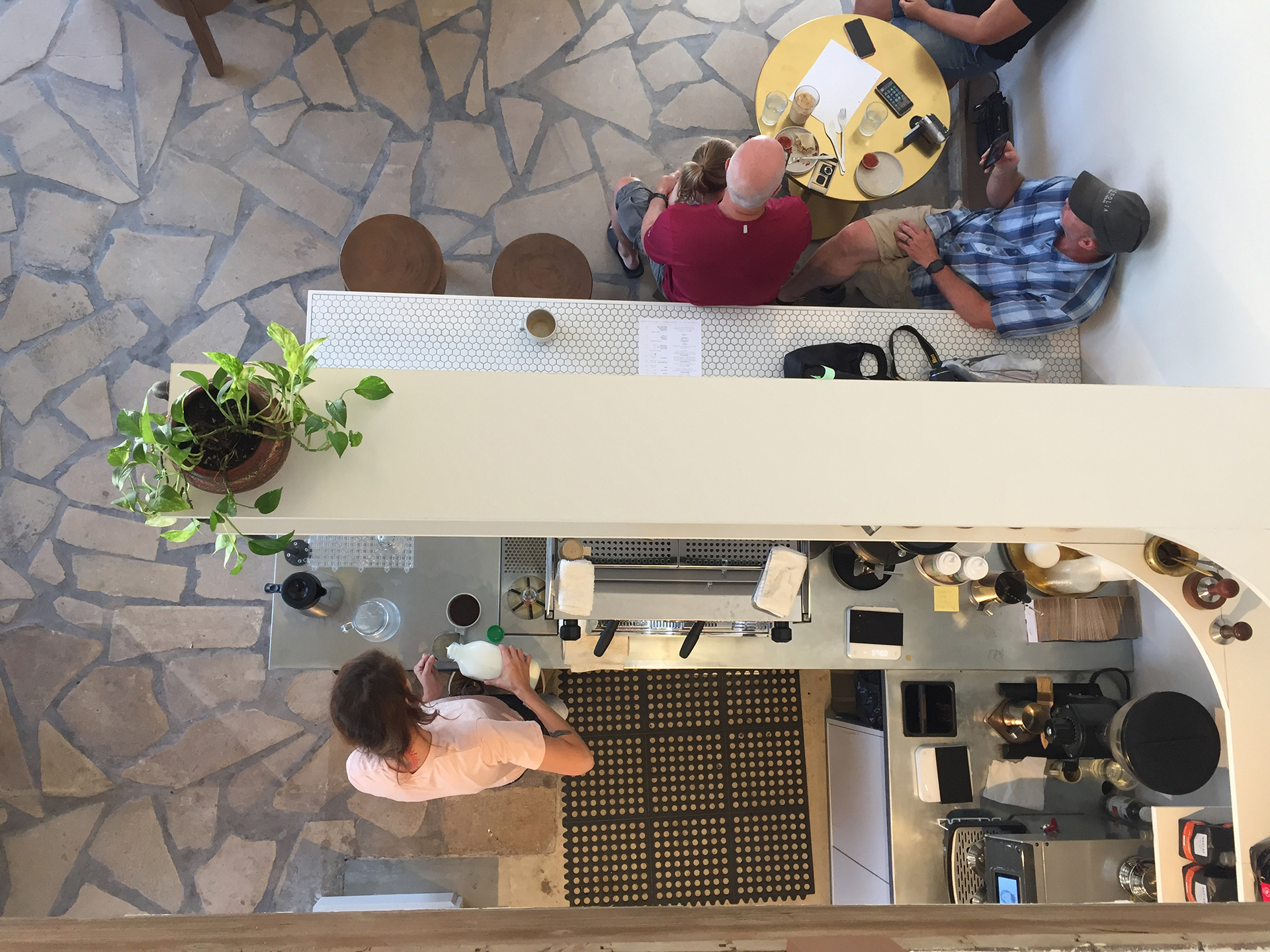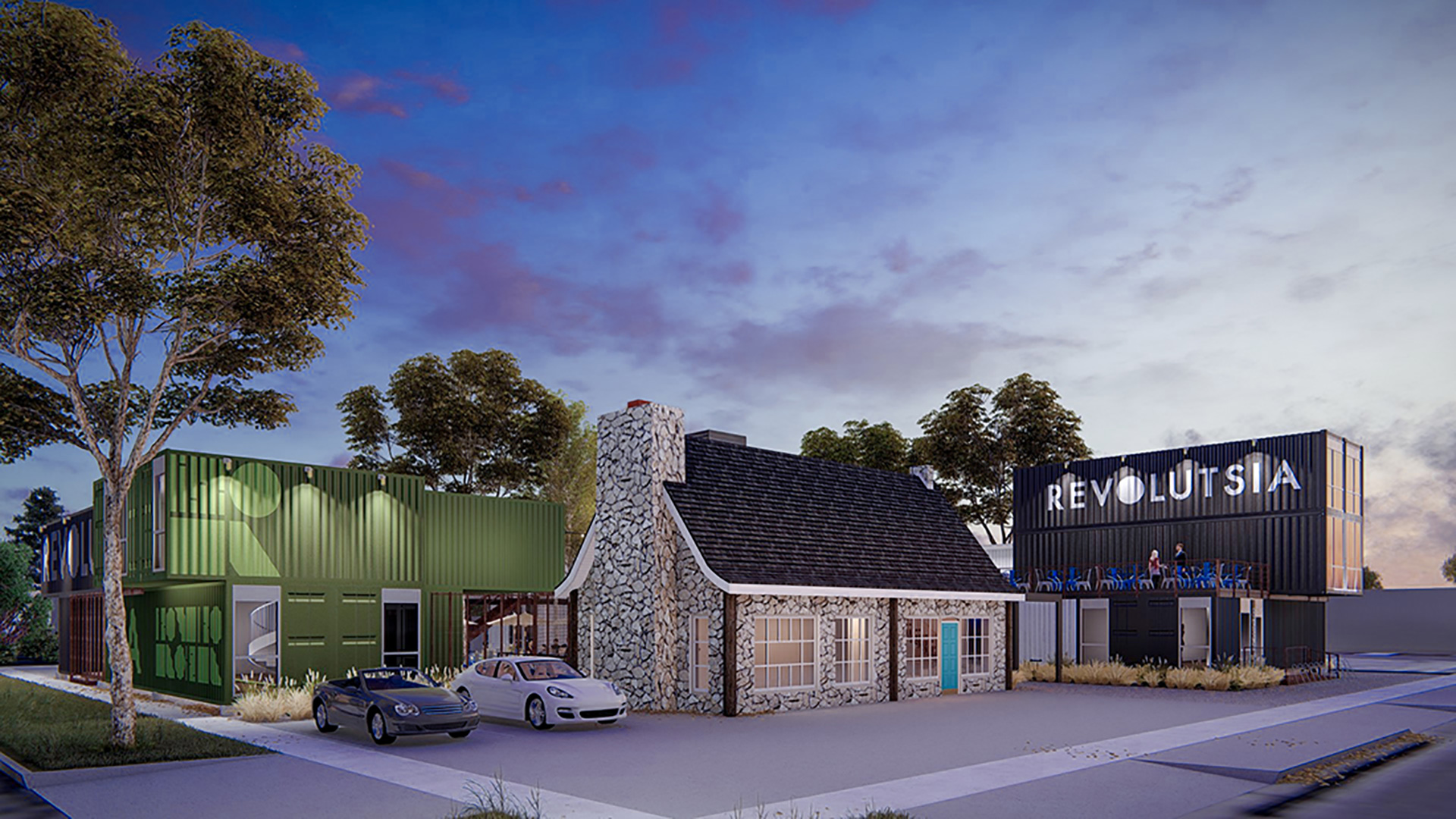El chocolate no siempre ha sido una golosina: en los últimos milenios, ha sido un brebaje amargo, una bebida especiada usada en sacrificios y un símbolo de la nobleza. Ha desatado debates religiosos, lo han consumido guerreros y lo han cultivado esclavos y niños.
Entonces, ¿cómo hemos llegado a lo que es ahora? Demos un breve vistazo a la historia del consumo de chocolate en todo el mundo.
Read this in English A History of Chocolate Consumption Around The World
 Leche chocolatada caliente. Crédito: Nonie via Wikimedia Commons, CC BY-SA 2.0
Leche chocolatada caliente. Crédito: Nonie via Wikimedia Commons, CC BY-SA 2.0
Los Mitos sobre el Origen
El café tiene a Kaldi. El cacao tiene a los dioses. En la mitología maya, la Serpiente Emplumada dió el cacao a los humanos después de que los dioses lo descubrieran en una montaña. De manera similar, en la mitología azteca, Quetzalcóatl lo dio a los humanos después de descubrirlo en una montaña.
El Museu de la Xocolata en Barcelona registra una variación en el mito azteca, en la que el esposo de una princesa la encargó de proteger su tierra y su tesoro mientras estaba ausente. Cuando llegaron sus enemigos, golpearon a la princesa, pero aun así ella no reveló dónde estaba escondido su tesoro. Quetzalcoatl al ver esto, convirtió su sangre en el árbol de cacao, y es por eso que los frutos son amargos, tan “fuertes como la virtud” y rojizos como la sangre.
También te puede interesar Guía de los Perfiles de Sabor del Cacao & Chocolate para Principiantes
 Chocolate oscuro Duffy’s con 72% cacao de Honduras. Credito: Lee McCoy via Flickr, CC BY-ND 2.0
Chocolate oscuro Duffy’s con 72% cacao de Honduras. Credito: Lee McCoy via Flickr, CC BY-ND 2.0
Religión, Comercio y Guerra en Mesoamérica
El cacao ha sido comercializado y consumido a través de toda la antigua Mesoamérica, y también se usaba como moneda (Según History.com, un pavo hembra valdría 100 granos en el año 1500).
La bebida, que generalmente estaba hecha de granos de cacao molidos y tostados, chile, vainilla, y otras especias, a veces maíz y muy raramente miel antes de ser espumada, era amarga y revitalizante. Olvídate de una taza de cacao nocturna: esta era una bebida para los guerreros. Y lo digo literalmente: Montezuma II, el último emperador azteca, ordenó que solo los guerreros podían beberlo. (Aunque tradicionalmente, la Organización Internacional del Cacao informa que los aztecas también lo habrían tomado durante las bodas).
Los olmecas, una de las primeras civilizaciones de la región, no tienen historia escrita, pero se han encontrado restos de cacao en sus vasijas. Más tarde, la Smithsonian Mag informó que los mayas usaban la bebida como “un alimento sagrado, signo de prestigio, pieza central de la sociedad y referente cultural”.
Carol Off encuentra la relación maya entre el cacao, los dioses y la sangre en Bitter Chocolate: Investigating The Dark Side of The World’s Most Seductive Sweet, en donde explica la forma en que los dioses fueron representados con las vainas de cacao e incluso rociaban su propia sangre sobre la cosecha de cacao.
 Granos de cacao. Crédito: Pablo Merchán Montes
Granos de cacao. Crédito: Pablo Merchán Montes
Así mismo, el Dr. Simon Martin analizó los artefactos mayas en Chocolate in Mesoamerica: A Cultural History of Cacao (2006) para subrayar los vínculos entre la muerte, la vida, la religión y el comercio con el chocolate. Cuando el dios del maíz fue derrotado por los dioses del inframundo, escribe, abandonó su cuerpo y de él creció el árbol de cacao (entre otras plantas). El líder de los dioses del inframundo, que luego tomó posesión del árbol de cacao, es representado junto con el árbol y una bolsa de comerciante. Más tarde, el árbol del cacao fue rescatado de las manos del dios del inframundo y el dios del maíz renació.
Vale la pena mencionar que la forma en que vemos la vida y la muerte no es necesariamente la misma en que los antiguos mayas las percibían. Por ejemplo, la palabra “inframundo” se asocia con el infierno, pero algunos investigadores creen que las antiguas culturas mesoamericanas veían el inframundo como un lugar más neutral.
En los tiempos mayas y aztecas, a las personas que iban a ser sacrificadas se les daba chocolate antes de morir (Carol Off, Chloe Doutre-Roussel). De hecho, según The Telegraph, “en el ritual azteca, el cacao era una metáfora del corazón arrancado en sacrificio: se pensaba que las semillas dentro de la vaina eran como la sangre que derramaba el cuerpo humano. Las bebidas de chocolate a veces se teñían de rojo sangre con achiote para resaltar este punto “.
Así mismo, Amanda Fiegl escribió en Smithsonian Magazine, que para los mayas y los aztecas, el cacao también estaba relacionado con el parto, un momento estrechamente relacionado con la sangre, la muerte y la fertilidad.
La historia del consumo de cacao en sus inicios, no consideraba el chocolate como una golosina para la hora del té o un capricho. Para las culturas mesoamericanas que cultivaban, comercializaban, procesaban, tostaban, molían y luego consumían esta bebida, era un producto con una gran importancia religiosa y cultural.
 Granos de cacao y barra de chocolate
Granos de cacao y barra de chocolate
Experimentos Europeos Con Estilos de Chocolate
Sin embargo, cuando el cacao llegó a Europa, las cosas cambiaron. El cacao continuaba siendo un producto de lujo, y ocasionalmente era la causa de debates religiosos, pero perdió gran parte de su asociación con la vida y la muerte.
Stephen T Beckett escribió en The Science of Chocolate que, aunque Colón trajo algunos granos de cacao a Europa “como una curiosidad”, fue en la década de 1520 que Hernán Cortés introdujo la bebida a España.
Y no fue hasta el 1600 que se extendió al resto de Europa, frecuentemente a través del matrimonio de princesas españolas con gobernantes extranjeros. Según el Museu de la Xocolata, una reina francesa tenía una criada especialmente entrenada en la preparación del chocolate. Viena se hizo famosa por el chocolate caliente y la torta de chocolate, mientras que en algunos países europeos la gente comenzó a servirlo con cubitos de hielo y nieve.
Los estilos europeos durante este período podrían dividirse en dos tradiciones: el estilo español o italiano, en el cual el chocolate caliente es espeso y almibarado (chocolate espeso con churros) o el estilo francés donde es más delgado (piensa en el chocolate caliente estándar en la mayoría de los países).
Luego, se añadió leche a la mezcla, aún en forma líquida, a fines del siglo XVII o principios del siglo XVIII (las fuentes debaten si fue por Nicholas Sanders o por Hans Sloane, aunque al parecer fue el rey Jorge II de Inglaterra quien aprobó esta práctica).
Finalmente, el chocolate se unió al café y al té en establecimientos dedicados a la bebida: la primera casa de chocolate, The Cocoa Tree, se inauguró en Inglaterra en 1654.
 Chocolate tradicional con churro en Badalona, España. Crédito: Carquinyol via Wikipedia, CC BY-SA 2.0
Chocolate tradicional con churro en Badalona, España. Crédito: Carquinyol via Wikipedia, CC BY-SA 2.0
Controversias Religiosas & Sociales
Sin embargo, a pesar de la popularidad del chocolate entre la élite europea, la bebida aún generaba controversia.
Según el Museu de la Xocolata, los conventos españoles no estaban seguros de si era comida o chocolate, y por lo tanto si se podía consumir durante el ayuno. (Beckett dijo que
un papa reglamentó que estaba bien consumirlo ya que la bebida era muy amarga).
Inicialmente, William Gervase Clarence-Smith escribe en Cocoa and Chocolate, 1765-1914, los protestantes “promovían el consumo de chocolate como una alternativa al alcohol”. Sin embargo, cuando la era barroca terminó a fines del siglo XVIII, se desencadenó una reacción contraria, convirtiéndose en “el clero ocioso y la nobleza de los regímenes católicos y absolutistas”.
Durante este período, hubo disturbios civiles y revueltas en toda Europa, desde la Revolución Francesa hasta la Guerra de los Campesinos. Las Guerras Civiles Inglesas, que vieron a católicos y monárquicos combatir contra Protestantes y Parlamentarios, habían terminado poco antes. Las diferencias entre cómo se percibían el chocolate y el café, o el chocolate y el té representaban estas tensiones sociales.
 Torta de chocolate de lujo
Torta de chocolate de lujo
El Inicio de las Américas & Asia Modernas
Mientras tanto, en América Latina, el consumo de chocolate continuó siendo un elemento básico de la vida cotidiana. Clarence-Smith escribió sobre cómo la mayoría de la región consumía chocolate de forma regular. A diferencia de Europa, explicó, se consumía comúnmente, especialmente entre las comunidades más pobres.
El chocolate se bebía hasta cuatro veces al día. En México, el mole poblano era carne de ave aderezada con chocolate y chile. En Guatemala, hacía parte del desayuno. Venezuela bebió aproximadamente una cuarta parte de su cosecha de cacao cada año. Lima tenía un gremio de fabricantes de chocolate. Muchos centroamericanos continuaron usando el cacao como moneda.
Sin embargo, a diferencia del comercio de café y té, el chocolate tuvo que luchar para incursionar en Asia. Si bien fue popular en Filipinas, Clarence-Smith dijo que en otros lugares no logró atraer a más personas. El té era más popular en Asia Central y Oriental, África del Norte y lo que entonces era Persia. El café tuvo mejor acogida en los países musulmanes, incluida gran parte del sur y el sudeste de Asia.
 Mujer prepara mole poblano. Crédito: Palmarito Tochapán via Wikimedia Commons, CC BY-SA 3.0
Mujer prepara mole poblano. Crédito: Palmarito Tochapán via Wikimedia Commons, CC BY-SA 3.0
De las Cortes a los Patios de Escuela
En Europa, con la llegada del siglo diecinueve, el chocolate finalmente comenzó a perder su reputación de ser un producto de élite.
Según el Museu de la Xocolata, los talleres mecánicos de chocolate existen desde 1777, cuando se inauguró uno en Barcelona. Aunque el chocolate ahora se producía a mayor escala, la mano de obra intensiva que requería y los altos impuestos en toda Europa aún lo clasificaban como un producto de lujo.
Sin embargo, todo esto cambió con la prensa de cacao, que abrió el camino a un procesamiento a gran escala. En 1819, Suiza comenzó a producir grandes fábricas de chocolate y luego en 1828, Coenraad Johannes van Houten inventó el cacao en polvo en los Países Bajos. Esto permitió a J. S. Fry & Sons en Inglaterra crear la primera barra de chocolate comestible, tal y como la conocemos hoy, en 1847; la cual elaboraron utilizando la tecnología de los motores de vapor.
 Cuadros de chocolate
Cuadros de chocolate
Poco después, Beckett escribió que Henry Nestlé y Daniel Peter agregaron su fórmula de leche condensada para crear el chocolate con leche que hoy en día es popular en todo el mundo.
Para este momento, el chocolate aún era grumoso. Sin embargo, en 1880, Rodolphe Lindt inventó el conche, una herramienta para crear chocolate más suave y menos astringente, según Beckett. El concheado sigue siendo una etapa importante en la producción de chocolate en la actualidad.
Pronto siguieron compañías como Mars y Hershey, y llegó el mundo del chocolate de calidad comercial.
 Brownies de chocolate y nuez
Brownies de chocolate y nuez
Imperialismo & Esclavitud
Sin embargo, mayores niveles de consumo requerían una mayor producción, y Europa a menudo recurría a sus imperios para alimentar a sus ciudadanos antojados de chocolate. Al igual que con muchos productos básicos de este período, la esclavitud hacía parte de la cadena de suministro.
Y con el tiempo, el chocolate que se consumía en París, Londres y Madrid ya no procedía de América Latina y el Caribe, sino de África. Según Africa Geographic, el cacao llegó al continente a través de Santo Tomé y Príncipe, una nación insular frente a las costas de África Central. En 1822, cuando Santo Tomé y Príncipe era una colonia del Imperio portugués, el brasileño João Baptista Silva introdujo la cosecha. Durante la década de 1850, la producción aumentó, como resultado del trabajo de esclavos.
En 1908, Santo Tomé y Príncipe era el mayor productor de cacao del mundo. Sin embargo, este sería un título efímero. El público general británico escuchó informes de esclavitud en fincas de cacao en Santo Tomé y Príncipe y, Cadbury se vio obligado a buscar otro lugar, en este caso, Ghana.
En Chocolate Nations: Living and Dying for Chocolate in West Africa, Órla Ryan escribió: “En 1895, las exportaciones mundiales sumaron 77,000 toneladas, y la mayor parte de este cacao provenía de América del Sur y el Caribe. Para 1925, las exportaciones alcanzaron más de 500,000 toneladas y la Costa de Oro se había convertido en un exportador líder de cacao”. Hoy, la Costa Oeste sigue siendo el mayor productor de cacao, responsable del 70-80% del chocolate del mundo.
Clarence-Smith nos dice que “el cacao fue cultivado principalmente por los esclavos en fincas en 1765”, con “mano de obra forzada … desapareciendo en 1914”. Muchos estarían en desacuerdo con la última parte de esta declaración, señalando informes continuos de trabajo infantil, trata de personas y esclavitud por deudas. Además, todavía hay una gran pobreza entre las comunidades productoras de cacao en África Occidental (muchas de las cuales, según Ryan, son pequeños productores).
 Bolsas de granos de cacao
Bolsas de granos de cacao
El Surgimiento del Chocolate Fino y Cacao
En la actualidad, el chocolate comercial domina el mercado mundial; sin embargo, también están surgiendo el chocolate y el cacao de especialidad. Un segmento de mercado dedicado está pagando precios altos por el chocolate de alta calidad que, en teoría, es más ético. Estos consumidores esperan probar las diferencias en origen, variedad y métodos de procesamiento. Se preocupan por frases como “bean to bar” o en español, “del grano a la barra”.
El Fine Cacao and Chocolate Institute, fundado en 2015, se inspira en la industria del café especial para crear los estándares de chocolate y cacao. Desde hojas de evaluación y certificaciones hasta el debate sobre lo que significa “cacao fino”, se están dando pasos hacia una industria más regulada que priorice la calidad sostenible.
El consumo de chocolate ha cambiado mucho en los últimos milenios, y sin duda continuará cambiando en el futuro.
¿Te gustó este artículo? Mira Guía de los Perfiles de Sabor del Cacao & Chocolate para Principiantes
Escrito por Tanya Newton.
Traducido por Alejandra M. Hernández. Traducción editada por María José parra.
¿Quieres Seguir Leyendo Artículos Como Este? ¡Suscríbete Aquí!
The post Breve Historia del Consumo de Chocolate en el Mundo appeared first on Perfect Daily Grind.
from RSSMix.com Mix ID 8200593 https://www.perfectdailygrind.com/2018/08/breve-historia-del-consumo-de-chocolate-en-el-mundo/



